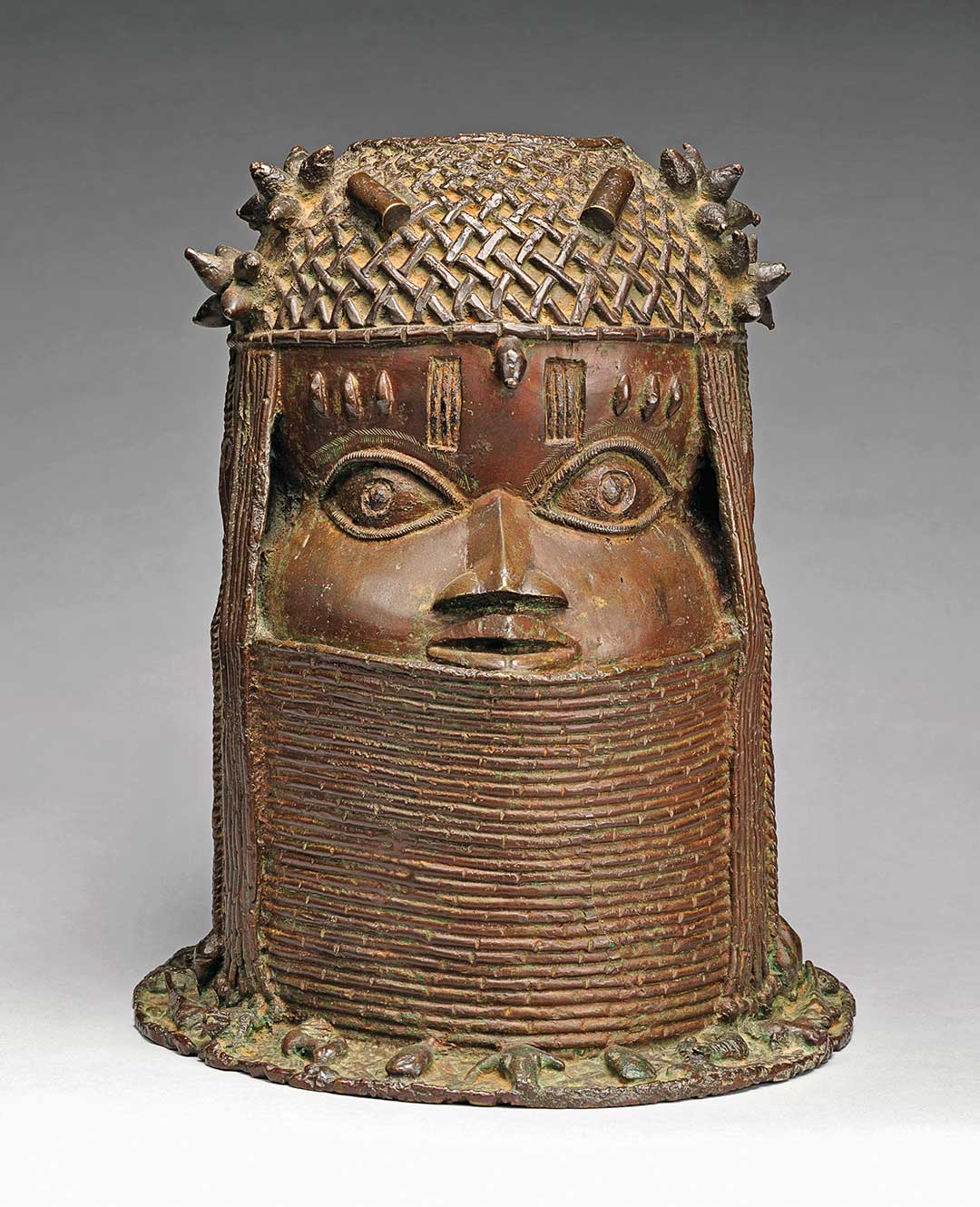ADF STAFF
According to the oral histories passed down by the griots, or storytellers, the Kingdom of Benin’s greatest king captured his throne by using magic powers a lion gave him for removing a thorn from its paw.
Magic features heavily in any telling of the story of Ewuare the Great, but he was a real man with real accomplishments that historians have documented. Ewuare ruled the kingdom, in what is now part of southern Nigeria, from 1440 until 1473. He was the first powerful oba, or king, by virtue of stripping the authority of the uzama, a group of chiefs who had been responsible for appointing each oba. Ewuare established a hereditary monarchy, with the eldest son first in line. Throughout history, it was believed that when men became obas, they became divine beings. Although their mothers were revered and had powers of their own, they never were allowed to see their oba sons again.
Ewuare was born Prince Ogun, the third son of Oba Ohen. Twenty-five years after taking the throne, his father became paralyzed in both legs, and was stoned to death because his condition meant, as one story goes, that he had lost his divine powers. The uzama allowed Ohen’s son Uwaifiokun to take the throne. Ogun traveled to Benin City, the capital, and overthrew his brother in a coup — supposedly using lion magic. Ogun killed his brother and burned down much of the city in the process. In rebuilding the city he had destroyed, Ogun took the name Ewuare, which meant, “The trouble has ceased.”
Ewuare made his place in history as a conqueror, taking over cities and towns in the region to expand his empire, making it one of the largest in West Africa. He personally led his army in many of the campaigns. In the towns he took over, he replaced the rulers with ally chiefs home-grown in his bureaucracy. One oral history says that he had 201 victories.
As he expanded his empire, he introduced structure into the political system, improved trade and promoted artwork, especially bronze castings, a signature of the kingdom. He protected the city with walls and moats. The city is said to have had nine gateways and large boulevards, with specific areas for different kinds of crafts, including ivory and wood carving. He invited craftsmen to come live in his city.
Archeologists now estimate that there were 15 kilometers of walls around the city, and a system of 16,000 kilometers of ditches spread out through the kingdom, perhaps marking the territories of individual villages and towns.
Ewuare established a government of Eghabho n’ore, or town chiefs, and Eghabho n’ogbe, or palace chiefs. His chiefs reported directly to him and were responsible for handling legal issues and collecting tribute. He encouraged the members of well-born families to work in his palace for token wages as a means of learning how to become administrators.
Ewuare dispatched his oldest son, Kuoboyuwa, to rule part of the kingdom known as Iken, and dispatched his second son, Ezuwarha, to rule another region called Iyowa. The brothers became rivals and ended up poisoning each other. Ewuare is said to have become distraught at losing his sons and passed a law prohibiting sex in the kingdom for three years. It drove many members of his kingdom to migrate to other areas. He eventually overturned his own law.
History now remembers him as Ewuare the Great, and his greatest legacy is the tradition of bronze castings and other art. Perhaps its best-known artworks are the bronze — actually brass — busts that each oba commissioned of his predecessor before taking the throne. Ewuare started that tradition, and he is also known as Ewuare the Bronze King.
Little is known about how Ewuare died. His first remaining son was assassinated, and another son ruled the kingdom for a short time before he was overthrown by the uzama. His third son, Ozolua, became the oba in about 1483 and ruled until 1514.
The kingdom endured for close to another 400 years, including its first visit from European explorers in 1485. It had periods of neglect and poor governance but always recovered until 1899, when it collapsed under the weight of British aggression. In that collapse, European looters stole much of the kingdom’s works of art, including the bronze busts of its obas. That artwork is now displayed in museums all over the world.
Today, there is a movement to return the works of art to Nigeria. Many, if not most, of the museums say they will cooperate so the priceless pieces can be displayed in Nigerian museums.


Comments are closed.